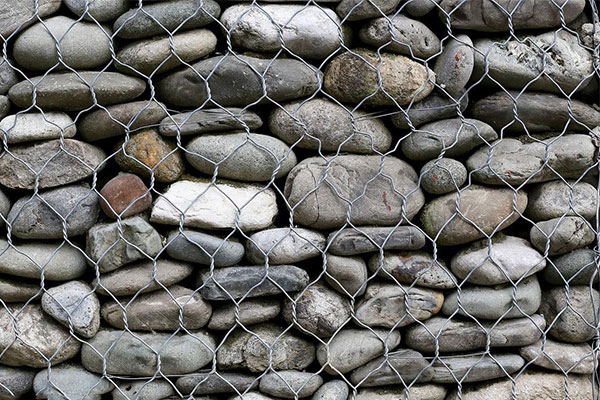What Are the Advantages and Disadvantages of Gabions?
Gabions, a centuries-old construction technique, have gained renewed popularity in recent years for a wide range of applications, including landscaping and erosion control. These versatile structures consist of wire mesh boxes or baskets filled with rocks, providing a sustainable and cost-effective solution for various projects. In this article, we will delve into the advantages and disadvantages of using gabions in your landscaping and erosion control endeavors.

Advantages of Gabions
- Erosion Control: Gabions are highly effective in preventing soil erosion. Their porous structure allows water to flow through while trapping soil, reducing the impact of heavy rain or water runoff on slopes and embankments.
- Sustainability: Gabions are an eco-friendly choice. They utilize natural stone materials and do not require the use of chemicals or other harmful substances. They can also be reused, making them a sustainable option for the environment.
- Durability: Gabions are incredibly durable and have a long lifespan. They can withstand harsh weather conditions, including freezing temperatures and intense heat, making them ideal for various climates.
- Versatility: Gabions can be used for a wide range of purposes, from retaining walls and landscaping features to bridge abutments and embankment protection. They are flexible and adaptable to the specific needs of your project.
- Low Maintenance: Once installed, gabions require minimal maintenance. There’s no need for painting, sealing, or regular upkeep, making them a cost-effective choice in the long run.
- Aesthetic Appeal: The natural look of gabions with the combination of rocks and wire mesh can enhance the visual appeal of your landscaping. They can be designed to blend seamlessly into the surrounding environment.
Disadvantages of Gabions
- Initial Cost: While gabions can be cost-effective in the long term due to their durability and low maintenance, the initial cost can be relatively high compared to other erosion control methods.
- Limited Height: Gabions are not ideal for very high walls or structures. They are best suited for projects with a height of up to 3 meters (10 feet). For taller structures, additional engineering solutions may be necessary.
- Weed Growth: In some cases, weeds or vegetation may grow within the gabion structure, which can require periodic maintenance to prevent them from becoming unsightly.
- Weight Considerations: The weight of gabions, especially when filled with rocks, must be carefully considered. This can affect the design and engineering of the project, including the need for proper foundations.
Conclusion
Gabions offer several advantages for landscaping and erosion control, including their effectiveness, sustainability, and durability. However, they also come with some disadvantages, such as the initial installation cost and limitations on height. When considering the use of gabions for your project, it’s essential to weigh these pros and cons and consult with a professional engineer or contractor to determine the most suitable solution for your specific needs. With careful planning and execution, gabions can be a valuable asset in creating visually appealing and environmentally friendly landscapes while effectively preventing erosion.

